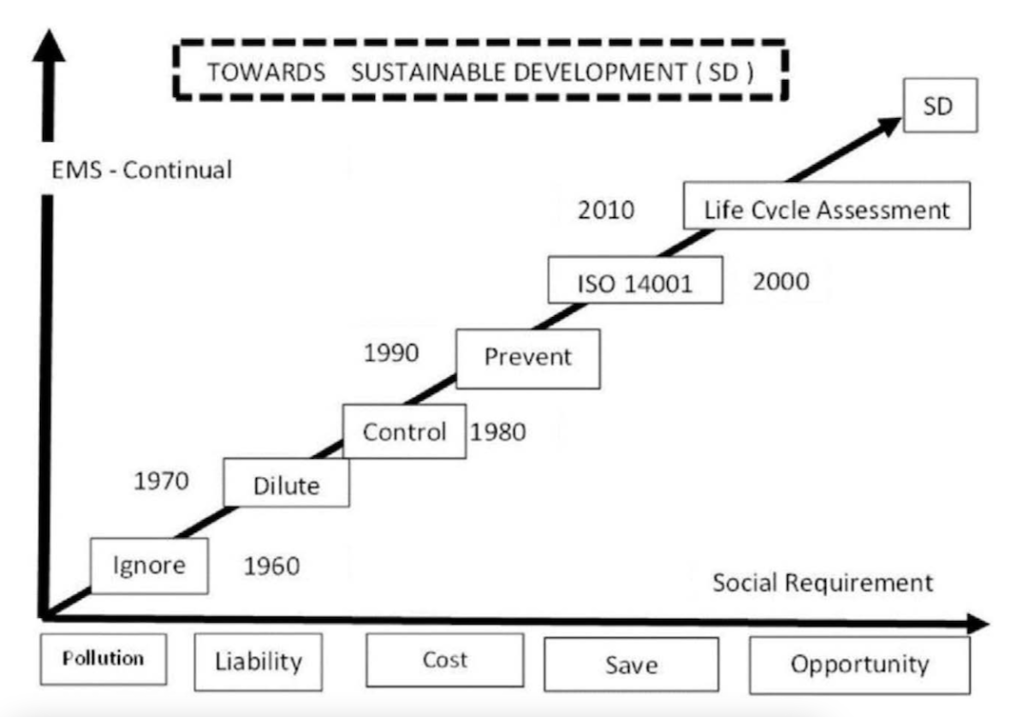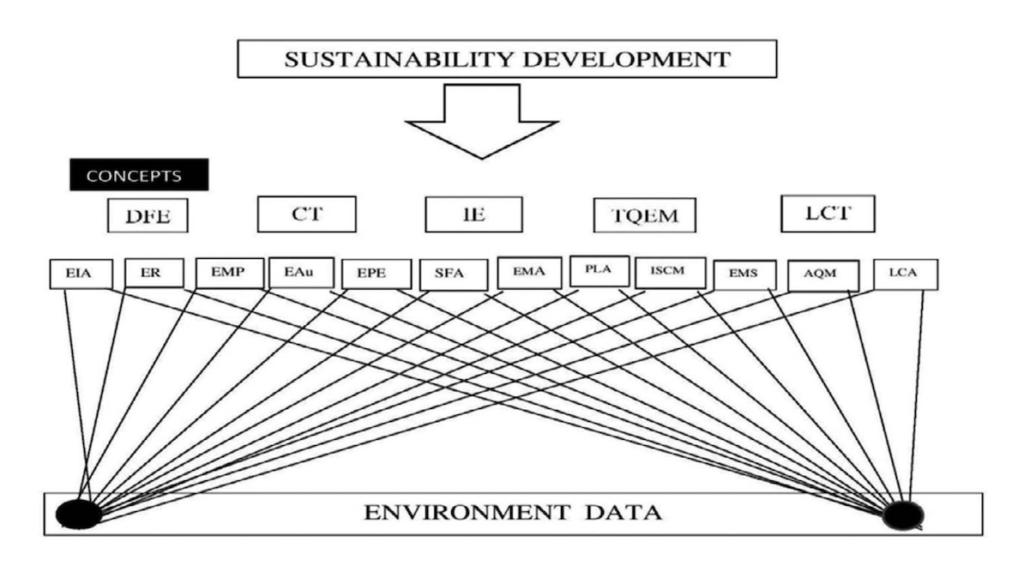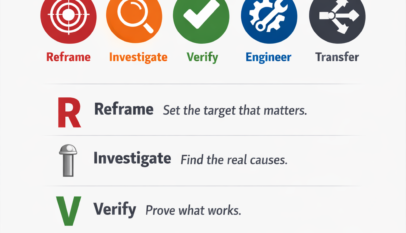Environmental management is entirely an emerging and dynamic concept. Environmental management is concerned with the management of the environment encompassing a business or activity. EMS is the systematic attempt by organizations to identify, measure, document, and reduce their environmental footprint by integrating various functions with the day-to-day affairs of management and decision-making. Industrial growth could stand firmly if the population’s health and industrial workers and their family members are positively addressed.
Environmental tragedies, such as the leakage of MIC gas in the Union Carbide plant in Bhopal, are happening throughout the world regularly. So, it is essential to manage and control environmental deterioration. With the growth of populations and industrialization, the problems of overexploitation and natural resource depletion have reached alarming proportions in all parts of the globe, particularly in emerging and developing countries. Pollution of air space, land areas, and bodies of water, including oceans, is happening rapidly worldwide. Plastic pollution in the ocean bed is at an alarming stage. To ensure a healthy environment for the present as well as future generations, we need to manage all the components of the environment, adopting all available tools and regulating all industrial processes and products. The presence of EMS may indicate the environmental friendliness of an organization. Still, the uncertainty of measurement related to indicators and indices may yield an unreliable picture of the environmental performance of the organization.
EMS represents the organizational structure, responsibilities, sequences, processes, and preconditions for implementing a corporate environmental policy. The primary functions of sound environmental management are goal setting; information management; support of decision-making, organizing and planning of environmental management, environmental management programs, piloting, implementation and control, communication, internal and external auditing, and so forth. Various governments have developed environmental regulations to control and properly manage pollutants that organizations must comply with or face penalties, fines, and liability. Facilities often respond to these regulations and problems with successful solutions designed to meet the latest rules but rarely coordinate their environmental activities into an overall management system. Environmental issues are becoming more complex, and waste management costs continue to rise.
The traditional way of addressing environmental issues in a reactive, ad hoc, end-of-pipe manner has proven to be highly inefficient. Increasingly, businesses have realized that environmental problems would be better managed systematically. Just as enterprises develop fiscal management systems to promote the efficient use and management of monetary resources, they understand that environmental management systems developed and integrated into the organizational structure will reduce risks from pollution and will help provide an opportunity to be more efficient and organized. EMSs help incorporate environmental issues into business decisions and practices. They provide a framework for managing environmental responsibilities more systematically. An EMS approach incorporates periodic reviews by top management and emphasizes continuous improvement instead of crisis management.
The systematic nature of the EMS allows an organization to focus on implementation and to take a more inclusive and proactive approach. Pollution can be minimized if all the industries and organizations meticulously implement the EMS. Various environmental tools measure many environmental parameters to support five concepts to achieve the goal of sustainable development. The importance of the environment and its impact has been felt since the 1970s; over the last five decades’ many tools and instruments have been developed to mitigate environmental degradation to a reasonable extent. Figure “Evolution of EMS over six decades” shows how the evolution of EMS has taken place to deal with the environment. Figure “Various input data required from tools for environmental concepts” depicts how various input data required from different tools for five other environmental concepts of EMS contribute towards achieving the goal of sustainable development. At present, LCT plays a very vital role in dealing with all input and output analyses of environmental data by adopting LCA. The LCA study needs to generate environmental data through measuring, monitoring, analyzing, and reviewing to identify hot spots and impacts of products, processes, or services.
Because of the large number of environmental parameters, a system was developed to manage it—a methodology developed by the international community as Environmental Management System (EMS) to use for industries, organizations, and institutions as ISO 14000 series covering various usages. The EMS approach and content described herein are based upon well-established overall approaches and clear advantages. An EMS provides the structure to establish a component of other strategic and business planning efforts for broad environmental performance goals, objectives, and targets and to assess organizational performance in meeting these goals.
An EMS is part of an organization’s management system to develop and implement its environmental policy and manage its environmental aspects. It comprises a set of management processes and procedures that allows an organization to analyze, control, and reduce the environmental impact of its activities, products, and services and operate with greater efficiency and power. An EMS is appropriate for various organizations of varying sizes in both the public and private sectors. For an EMS to be effective, it should be involved in the monitoring, tracking, summarizing, and reporting environmental information to internal and external stakeholders.
There is also a need for integrating cross-functional activities to include environmental training of personnel. Finally, there is the need for formal procedures

and the availability of these specialized procedures and information available to people in new product development, recycling, and pollution prevention. A firm’s commitment to an EMS will determine the system’s success and the extent of the benefits derived from environmental initiatives. A vigorous debate is now occurring around whether initiatives to improve the environmental performance of corporations, either compliance-driven or voluntary, have consistent impacts on the financial performance of these firms. EMS reporting is helpful for internal and external parties depending on the environmental tools used. LCA, one of the EMS tools, can be used for internal and external purposes.



















